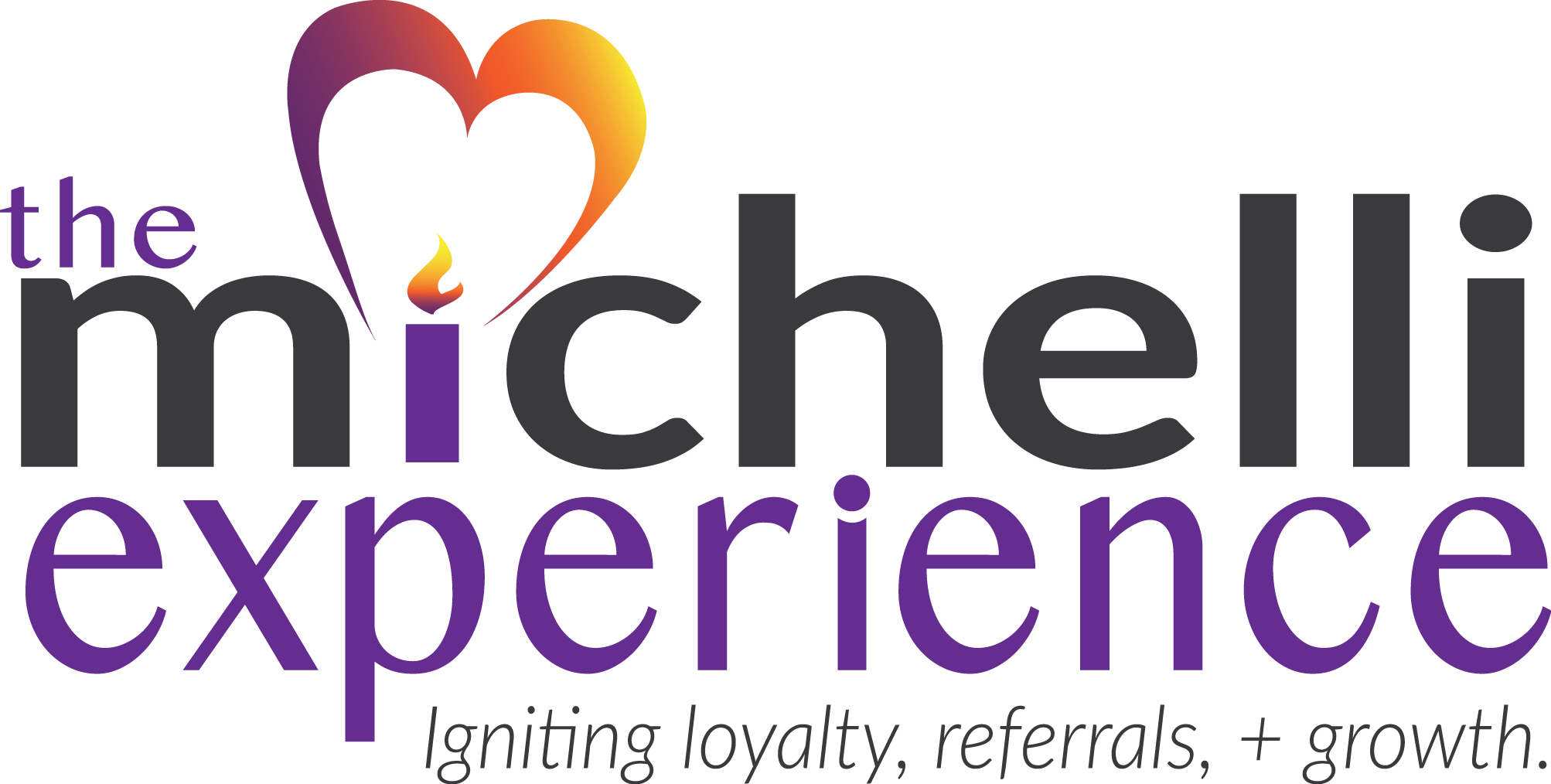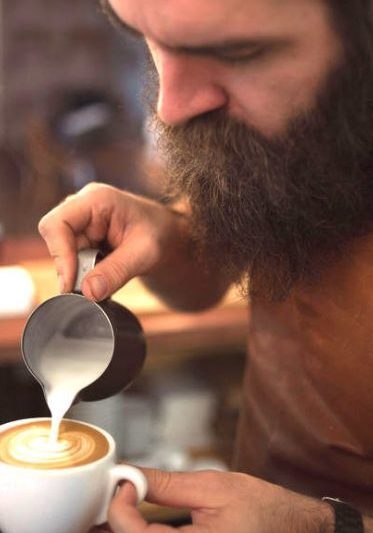One week’s episode might begin with Kate and Toby dealing with the challenges of their recently born premature baby boy only to have the next scene jump to an interaction between Kate’s parents (Jack and Rebecca) which occurred before Kate and her siblings were born. If you followed that sentence at all, you are likely a regular viewer of the award-winning and hugely popular NBC television program, This is Us.
For those who don’t wait in anticipation of the next Tuesday night installment of This is Us, let’s take a moment to understand how that show (and how all great storytellers for that matter) use story cadence for audience engagement.
This blog is the third in my series on the importance of delivering your brand experience through effective storytelling. In prior segments, I expressed the role stories play in developing and reinforcing brand identity.
I believe that stories are a form of customer currency. In fact, money and time are both in short supply for most consumers, so they want to spend both with businesses that deliver value for dollars and stories for time. They want your business to provide them a positive story that they can share with family and friends. As a business leader, you want them to share your stories to amplify your impact in the marketplace.
While my two prior posts in this series have focused on core elements of effective storytelling (like having a strong character and communicating emotions that drive action), this offering is all about cadence and story arc.
Consider yourself warned! The next sentence will seem self-evident, but many failed attempts at storytelling are a direct result of missing these obvious ingredients: A story must have a beginning, a middle, and an end.
Sadly, some storytellers (corporate or individual) start strong but either get lost in the middle of their story (never finding their way to the end), or they magically jump to an …and they all lived happily ever after ending. Not only must a story have a beginning, movement (the middle) and an ending, it should be noted: A story’s beginning, middle, and end don’t always have to occur in a linear fashion.
In fact, entertainment writers (like those that build stories for program’s like This is Us) heighten engagement and intrigue by moving from the future to the present or from the present to the past. Often great storytelling brands start mid-sentence in their story to draw their audience into the action. As you tell your brand stories, I recommend varying story order and changing the speed and level of detail across your many communications.
On the issue of story speed, at times you can share a detailed dive into a moment between your brand and a customer. Other times you can touch on an event in the present then fast forward to a rich telling of your ideal future customer state (leaving out a lot of uninteresting details between those points in time).
In my brand story, I can talk about a moment where I am sitting across from Howard Schultz (in the context of one of my two books about Starbucks. In the next moment, I can hint to how ideas gained from Howard have reached into my upcoming book about Airbnb. It’s my story and I can bring an audience with me over decades by crafting a few transition words.
You are your brand’s storyteller, as are your people, your customers, your vendors and anyone who takes an interest in or interacts with your company. The more effectively you tell stories, the more people you will have to tell stories on your behalf. As other’s tell your brand story by sharing their experiences, you can retell the best stories and create platforms for them to keep the conversation going.
In the weeks to come, we will look at how to craft strong story hooks, search for core brand stories, understand the importance of micro-stories, and learn from some amazing brand storytellers.
In the meantime, why don’t you survey your brand communications looking at your storytelling patterns? Specifically, you might want to evaluate your character strength and your use of activating emotions. Additionally, you might want to evaluate your story arcs, linearity, and storytelling cadence.
If you’d like to talk about your process, goals, and/or brand storytelling effectiveness, I am eager to listen and explore. You can reach me here. I look forward to building customer stories and experiences with you in the near future!

Joseph A. Michelli, Ph.D. is a professional speaker and chief experience officer at The Michelli Experience. A New York Times #1 bestselling author, Dr. Michelli and his team consult with some of the world’s best customer experience companies.
Follow on Twitter: @josephmichelli



